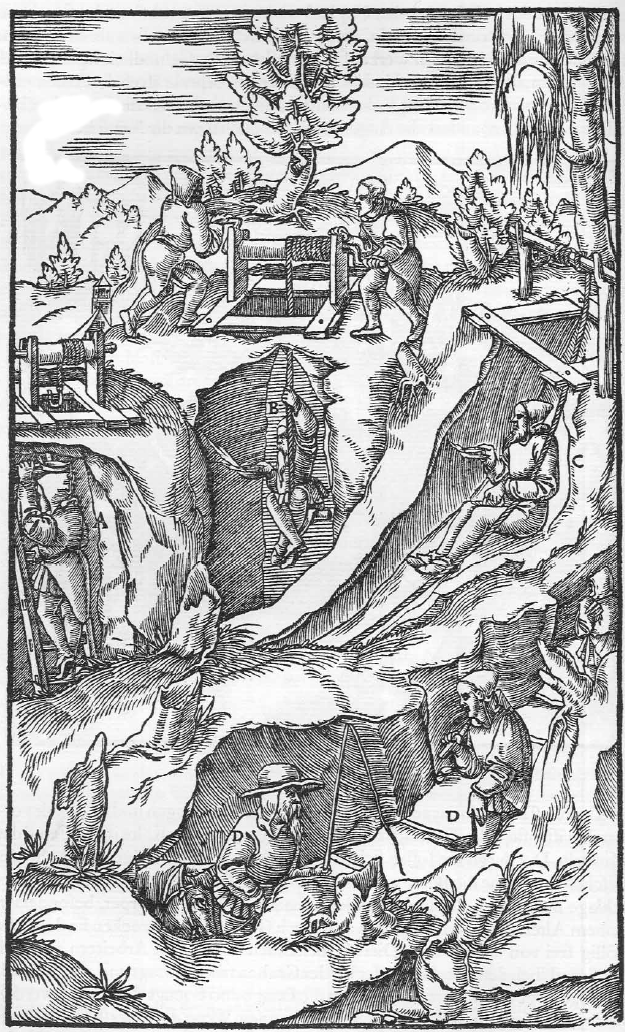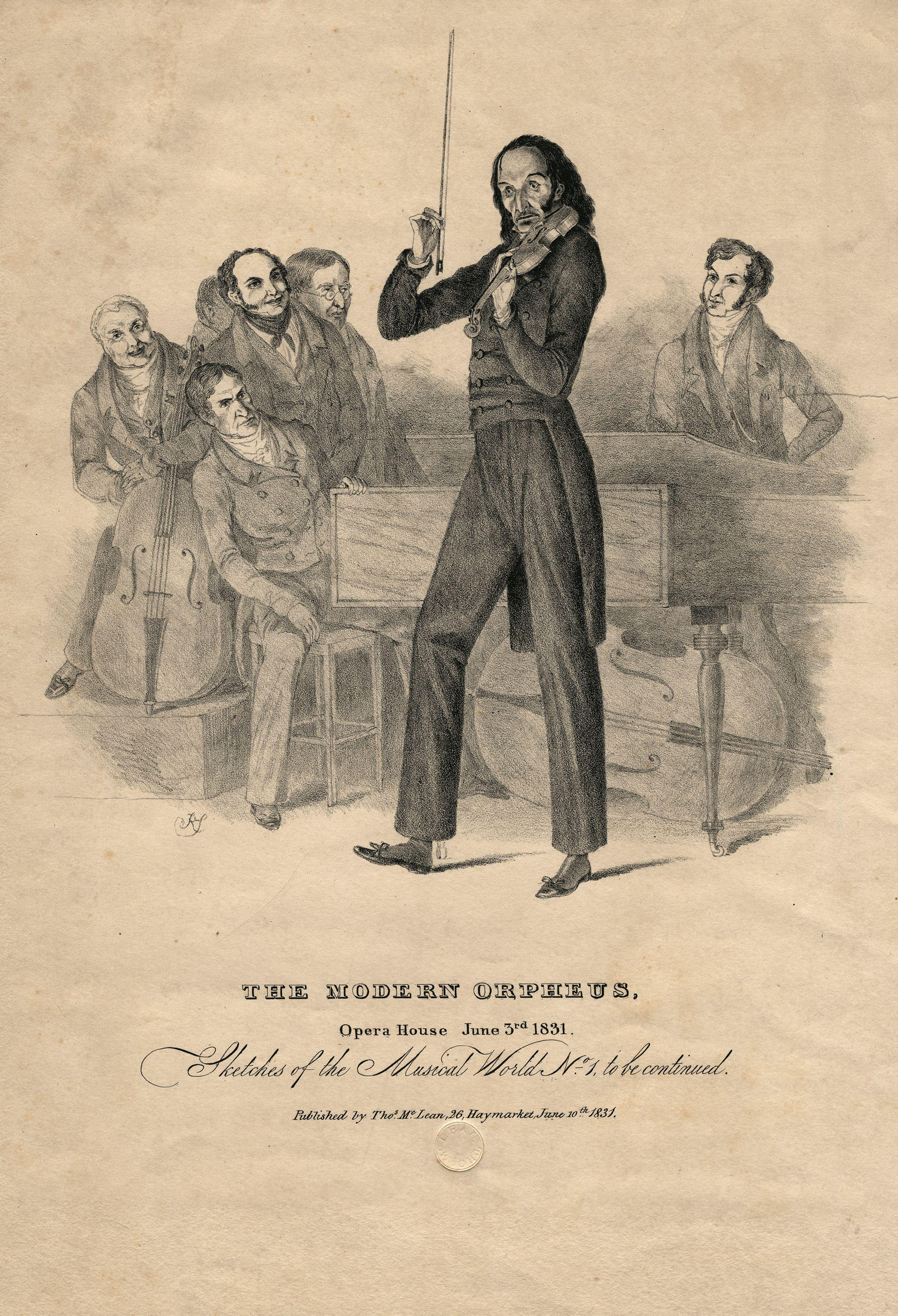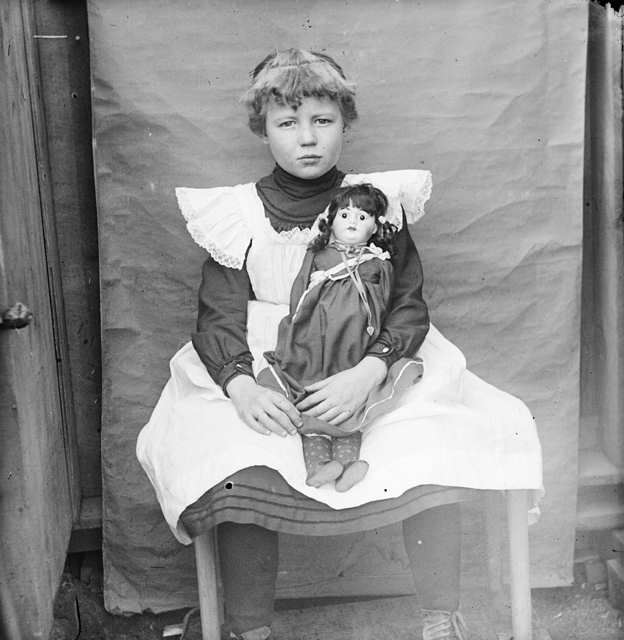|
Berghabit
A miner's habit ( or ''Bergmannshabit'') is the traditional dress of miners in Europe. The actual form varies depending on the region, the actual mining function, and whether it is used for work or for ceremonial occasions. Elements At work, the miner of the Middle Ages in Europe wore the normal costume for his local region – pit trousers (''Grubenhose''), shoes and miner's jacket (''Bergkittel''). Only gradually was the typical miner's uniform created by the addition of unmistakable elements of miner's apparel such as the miner's apron (''Arschleder''), knee pads (''Kniebügel''), miner's cap (''Fahrhaube'' or ''Fahrkappe'', later pit hat (''Schachthut''), the mining tools needed for work in the pit, such as hammers (''Fäustel''), chisels (''Eisen''), wedges, picks (''Keilhauen''), hoes (''Kratze''), shovels, crowbars, pikes (''Brechstangen'') or miner's chisels (''Bergeisen''), mallets (''Schlägel'') or carpenter's hatchets, the miners' safety lamps (often a '' Fr ... [...More Info...] [...Related Items...] OR: [Wikipedia] [Google] [Baidu] |
Miner's Apron
The miner's apron (, ''Bergleder'' or ''Fahrleder'') is part of the clothing worn, especially historically, by miners in the mining industries of German-speaking Europe. Variously called in English a miner's apron, a miner's after-apron, breech leatherBucksch, Herbert (1997). ''Dictionary Geotechnical Engineering'', Vol. 2, Springer, Berlin, Heidelberg, New York, p. 77, . or miner's leather apron,Pohs, Henry A. (1995). ''The miner's flame light book'', Flame Pub. Co., pp. 107 and 119. it was a leather apron that served to keep the seat of the trousers from wearing out when working or moving around the mine (''Fahrung'') as well as keeping out the cold and moisture when sitting. It also provided protection especially when entering inclined shaft mining, mineshafts. Another advantage was that it stabilised the internal organs from mechanical shock and vibration by acting as a sort of kidney belt. The miner's apron was a triangular or, more rarely, semi-circular piece of leather an ... [...More Info...] [...Related Items...] OR: [Wikipedia] [Google] [Baidu] |
Miner's Cap
The miner's cap () is part of the traditional Berghabit, miner's costume. It consists of a white material (linen) and served in the Middle Ages to protect the miner when descending below ground (''unter Tage''). Later it was replaced by the miner's hat (''Fahrhut'' or ''Schachthut''), from which the leather cap or helmet were developed and subsequently today's mining helmets. See also * Miner's habit *''Mooskappe'' - miner's cap from the Harz Mountains Literature * Caps Miners' clothing Mining culture and traditions {{mining-stub ... [...More Info...] [...Related Items...] OR: [Wikipedia] [Google] [Baidu] |
Steiger (mining)
A ''Steiger'' (literally "climber") is the title of a mining foreman or mine manager, used in German-speaking Europe and Poland. He bears responsibility for part of the mine and the people subordinated to him. The name is derived from the former role of a ''Steiger'', who continually had to climb into and out of the pit.Heinrich Veith: ''Deutsches Bergwörterbuch mit Belegen.'' Verlag von Wilhelm Gottlieb Korn, Breslau 1871 The ''Steiger'' is celebrated in a very popular German mining song the so-called :de:Steigerlied, Steigerlied (''Glückauf, Glückauf; der Steiger kommt …''). Historical role In medieval and early modern times, the state mining regulations obliged mining companies to employ pit officials for the supervision of their mines. Until the mid-19th century, these officials were civil servants. The term ''Steiger'' for these pit officials became established very early on in the mining regulations. The hiring and firing of pit officials was the responsibility of the ... [...More Info...] [...Related Items...] OR: [Wikipedia] [Google] [Baidu] |
Georgius Agricola
Georgius Agricola (; born Georg Bauer; 24 March 1494 – 21 November 1555) was a German Humanist scholar, mineralogist and metallurgist. Born in the small town of Glauchau, in the Electorate of Saxony of the Holy Roman Empire, he was broadly educated, but took a particular interest in the mining and refining of metals. He was the first to drop the Arabic definite article ''al-'', exclusively writing ''chymia'' and ''chymista'' in describing activity that we today would characterize as chemical or alchemical, giving chemistry its modern name. For his groundbreaking work '' De Natura Fossilium'' published in 1546, he is generally referred to as the father of mineralogy and the founder of geology as a scientific discipline.Rafferty, John P. (2012). ''Geological Sciences; Geology: Landforms, Minerals, and Rocks''. New York: Britannica Educational Publishing, p. 10. He is well known for his pioneering work '' De re metallica libri XII'', that was published in 1556, one yea ... [...More Info...] [...Related Items...] OR: [Wikipedia] [Google] [Baidu] |
Friedrich Wilhelm Heinrich Von Trebra
Friedrich Wilhelm Heinrich von Trebra (5 April 1740 – 16 July 1819) was a mining officer in Saxony. He took an interest in geology and was a friend of Johann Wolfgang von Goethe who worked in Ilmenau. He was involved in the recovery of Saxon mining following the Seven Years' War. Trebra came from a noble family of Thuringia and was born in Allstedt, son of Christoph Heinrich von Trebra (1694-1745) and Amalia Carolina Liberta née von Werder. He studied at Roßleben and law at the University of Jena before joining the newly created mining school in Freiberg after meeting Friedrich Anton von Heynitz in 1766. He then became a superintendent (Bergmeister) of the mines in Marienberg in 1767 and rose to mining captain in 1773. He was in charge of mines in Saxony for which he got Dutch investors and introduced a number of innovations including improved conditions of the miners. He became a friend of Goethe who was in charge of the mines at Ilmenau Ilmenau () is a town in Thuringia ... [...More Info...] [...Related Items...] OR: [Wikipedia] [Google] [Baidu] |
Bergmeister
A ''Bergmeister'' () was a mining, mine manager or foreman in German-speaking Europe who, along with the ''Bergvogt'', was one of the officials serving on a mining court (''Berggericht''). There were ''Bergmeisters'' in every mining district (Germany), mining district in Germany. In Austria the ''Bergmeister'' was also called the ''Obristbergmeister''.Max Joseph Gritzner: ''Commentar der Ferdinandeischen Bergordnung vom Jahre 1553.'' Bei Praumüller und Seidel, Wien 1842 Sweden In Sweden the titel ''Bergmästare'' has been known since 1347Jan-Olof Hedström: ''...igenom gode Ordningar och flitigt upseende...'' Bergsstaten, Litteraturåret 2012, 2012, and is since 1630 a titel for persons responsible for the concession and creating of new mines in Sweden. See also *Bergordnung *Bergrecht *Bergregal References [...More Info...] [...Related Items...] OR: [Wikipedia] [Google] [Baidu] |
Marienberg, Saxony
Marienberg is a town in Germany. It was the district capital of the Mittlerer Erzgebirgskreis (Central Ore Mountains district) in the southern part of Saxony, and since August 2008 it has been part of the new district of Erzgebirgskreis. As of 2020, the town had 16,716 inhabitants. Location and design The town is situated on a plateau north of the Ore Mountains ridge, at an elevation between 460 and 891 metres above sea level. It is approximately 31 kilometres south of Chemnitz, to which it is connected via the Reitzenhain–Flöha railway, Flöha Valley Railway. The historical town centre follows a rectangular plan, imitating Italian renaissance. The centre is the market square, a square of 1.7 hectares in area. Marienberg and Pobershau were merged into the administrative unit (''Verwaltungsgemeinschaft'') of Marienberg, Pobershau has been incorporated into Marienberg with effect from 1 January 2012. Town districts Marienberg's districts are: *Marienberg *Ansprung *Gebirge ... [...More Info...] [...Related Items...] OR: [Wikipedia] [Google] [Baidu] |
Tapping Bar
Tapping is a playing technique that can be used on any stringed instrument, but which is most commonly used on guitar. The technique involves a string being fret, fretted and set into vibration as part of a single motion. This is in contrast to standard techniques that involve fretting with one hand and picking with the other. Tapping is the primary technique intended for instruments such as the Chapman Stick. Description Tapping is an extended technique, executed by using either hand to 'tap' the strings against the fingerboard, thus producing legato notes. Tapping generally incorporates pull-offs or hammer-ons. For example, a right-handed guitarist might press down abruptly ("hammer") onto fret twelve with the index finger of the right hand and, in the motion of removing that finger, pluck ("pull") the same string already fretted at the eighth fret by the little finger of their left hand. This finger would be removed in the same way, pulling off to the fifth fret. Thus the thr ... [...More Info...] [...Related Items...] OR: [Wikipedia] [Google] [Baidu] |
Rake (tool)
A rake (Old English ''raca'', cognate with Dutch ''hark'', German ''Rechen'', from the root meaning "to scrape together", "heap up") is a broom for outside use; a versatile horticultural implement consisting of a toothed bar fixed transversely to a handle, or tines fixed to a handle, and used to collect leaves, hay, grass, and in gardening, for loosening the soil, light weeding and to make furrows, mounds and levelling, removing dead grass from lawns, and generally for purposes performed in agriculture by the harrow. Depending on purpose, their materials and form will vary greatly. Large mechanized versions of rakes are used in farming, called hay rakes, are built in many different forms (e.g. star-wheel rakes, rotary rakes). Non mechanized farming may be done with various forms of a hand rake. Rakes can be a mechanical component of a Threshing machine. History Rakes have been found as far back as 1100 B.C. in China. These early rakes were made of wooden tines attach ... [...More Info...] [...Related Items...] OR: [Wikipedia] [Google] [Baidu] |
Pinafore
A pinafore (colloquially a pinny in British English) is a sleeveless garment worn as an apron. Pinafores may be worn as a decorative garment or as a protective apron. A related term is '' pinafore dress'' (known as a ''jumper'' in American English), i.e. a sleeveless dress intended to be worn over a top or blouse. A key difference between a pinafore and a pinafore dress is that the former is open in the back. In informal British usage, however, a pinafore dress is sometimes referred to as simply a pinafore, which can lead to confusion. Nevertheless, this has led some authors to use the term "pinafore apron", although this is redundant as pinafore alone implies an apron. The name reflects the pinafore having formerly pinned (pin) to the front (afore) of a dress. The pinafore had no buttons and was simply "pinned on the front". Differentiations Pinafores are often confused with smocks. Some languages do not differentiate between these different garments. The pinafore diff ... [...More Info...] [...Related Items...] OR: [Wikipedia] [Google] [Baidu] |







